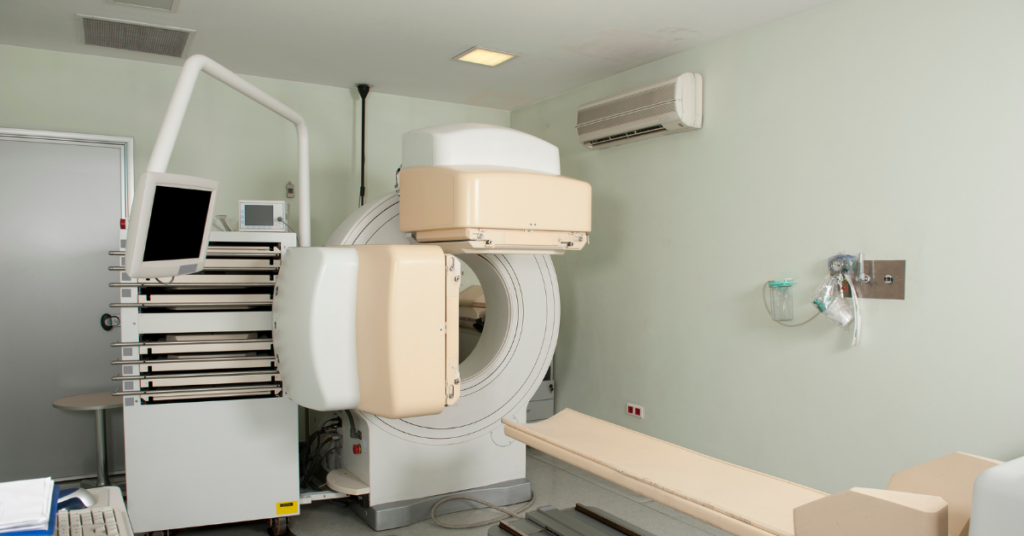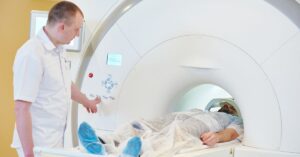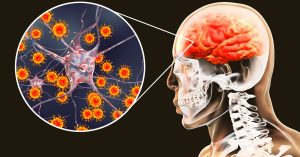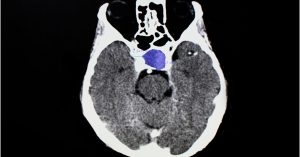Understanding Gamma Knife: A Precision Tool for Brain Tumor Treatment
The treatment of brain disorders, particularly tumors, has seen significant advancements with the introduction of innovative technologies. One such groundbreaking tool is the Gamma Knife, a specialized device used in the field of stereotactic radiosurgery (SRS). This article delves into what Gamma Knife is, how it works, its benefits, and the conditions it treats.
What is Gamma Knife?
Gamma Knife is a highly specialized, non-invasive radiosurgical tool designed specifically for treating brain disorders, including tumors. Despite its name, Gamma Knife involves no actual cutting. Instead, it uses precisely focused beams of gamma radiation to target and treat small to medium-sized lesions in the brain with high accuracy.
Developed in the late 1960s by Swedish neurosurgeon Lars Leksell, the Gamma Knife has since become a gold standard in radiosurgery, particularly for treating conditions that are difficult to address through traditional surgery.

How Does Gamma Knife Work?
Gamma Knife radiosurgery works by delivering a single, high dose of radiation directly to the target area, which may include tumors, vascular malformations, or other brain abnormalities. Here’s a step-by-step overview of the process:
1. Imaging and Planning
Prior to the procedure, the patient undergoes detailed imaging studies such as MRI, CT scans, or angiography. These images are used to precisely locate the target within the brain. A three-dimensional treatment plan is then developed by a team of specialists, including a neurosurgeon, radiation oncologist, and medical physicist.

2. Head Frame Application
To ensure accuracy, a lightweight stereotactic head frame is attached to the patient’s skull using four small pins. This frame serves as a reference point for the Gamma Knife machine, ensuring that the radiation beams are directed precisely at the target.
3. Targeted Radiation Delivery
The patient is then positioned in the Gamma Knife machine. The device contains 192 individual cobalt-60 radiation sources, which focus beams of gamma rays at the target point. The beams converge at the precise location of the abnormality, delivering a powerful dose of radiation to the target while sparing the surrounding healthy brain tissue.
4. Non-Invasive and Painless
The procedure is non-invasive, meaning there is no need for an incision or general anesthesia. Patients remain awake during the treatment, which typically lasts between 15 minutes to a few hours, depending on the size and shape of the target.
Benefits of Gamma Knife
- High Precision: Gamma Knife’s ability to deliver radiation with sub-millimeter accuracy makes it ideal for treating lesions in critical and hard-to-reach areas of the brain.
- Minimized Side Effects: The focused nature of the radiation minimizes exposure to surrounding healthy brain tissue, reducing the risk of side effects compared to conventional radiation therapy.
- Non-Invasive Procedure: As a non-surgical treatment, Gamma Knife offers a safer alternative to open brain surgery, with no incisions, minimal recovery time, and less risk of complications.
- Outpatient Treatment: Most Gamma Knife procedures are performed on an outpatient basis, allowing patients to return home the same day and resume normal activities quickly.
Conditions Treated with Gamma Knife
Gamma Knife radiosurgery is used to treat a variety of brain conditions, including:
Brain Tumors
Both benign and malignant tumors, such as meningiomas, acoustic neuromas, and metastatic brain tumors, can be treated effectively with Gamma Knife.

Arteriovenous Malformations (AVMs)
These tangles of abnormal blood vessels in the brain can be treated with Gamma Knife to reduce the risk of bleeding or seizures.

Trigeminal Neuralgia
A chronic pain condition affecting the trigeminal nerve, which causes severe facial pain, can be alleviated through Gamma Knife treatment.

Pituitary Adenomas
These benign tumors of the pituitary gland can be managed with Gamma Knife to control hormone levels and reduce tumor size.

Functional Disorders
In some cases, Gamma Knife is used to treat functional brain disorders, such as certain types of epilepsy or movement disorders like tremors.

Video explanation
Conclusion
Gamma Knife represents a remarkable advancement in the treatment of brain disorders, offering a non-invasive, highly precise, and effective option for patients. Its ability to target and treat complex brain conditions with minimal risk and recovery time has made it a valuable tool in neurosurgery. As technology continues to evolve, the Gamma Knife is likely to remain at the forefront of radiosurgical treatment, providing hope and improved outcomes for patients with challenging brain conditions.
FAQs
How effective is Gamma Knife surgery?
Gamma Knife Radiosurgery is considered quite effective. Seventy to 90 percent of AVMs are completely obliterated. Gamma Knife radiosurgery has prevented tumour growth in 97 percent of patients.
Is the Gamma Knife painful?
It is bloodless, virtually painless, does not result in hair loss and has a rapid return to pre-treatment activities.
How long does Gamma Knife surgery last?
30 minutes to 3 hours depending on the plan.
